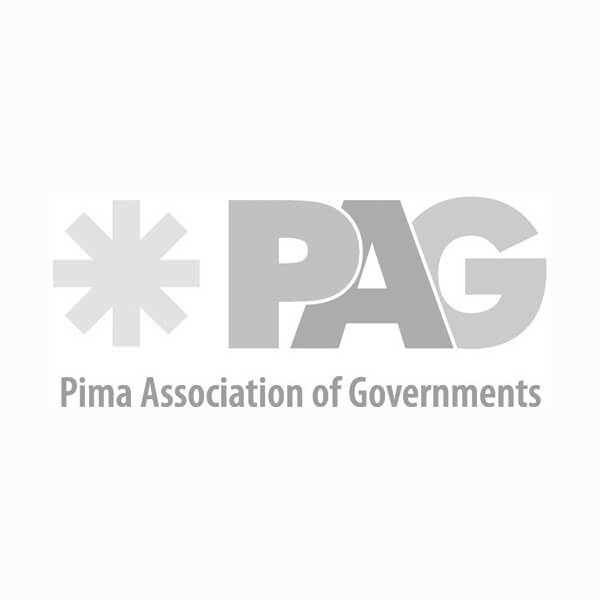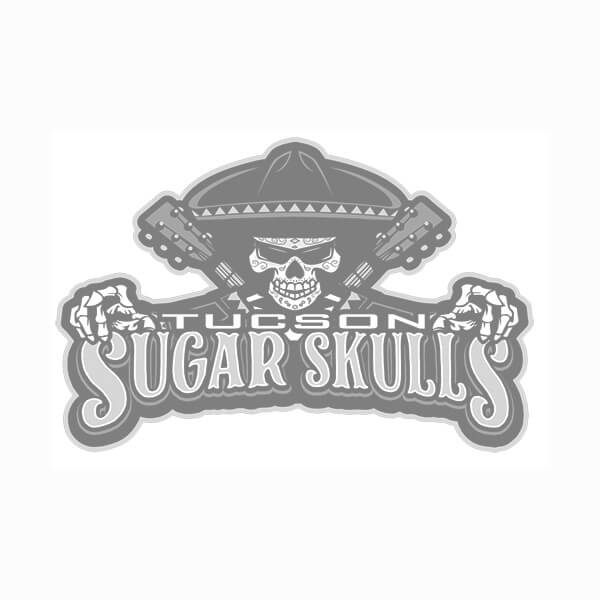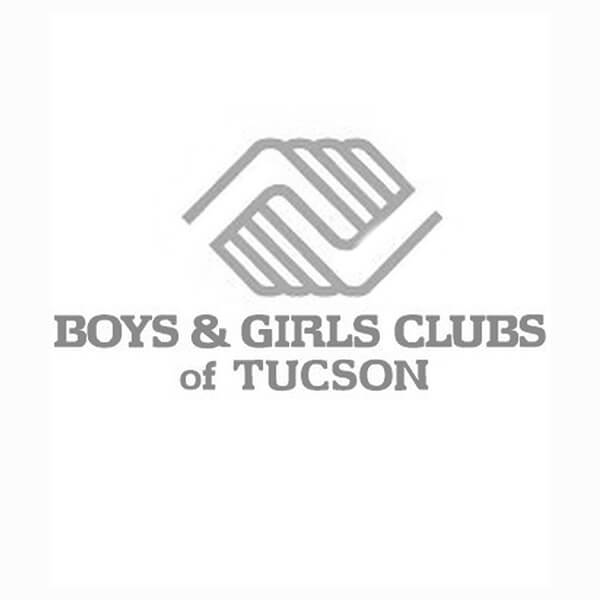GRAPHIC IMPACT
8 Best Color Combinations and Text Layouts Every Designer Should Know
www.graphic-impact.com
Make Your Message Pop: The Best Color Combinations for Readable and Engaging Content
By Graphic Impact
When it comes to grabbing attention and ensuring your message is easily understood, color is everything. Whether you’re designing a banner, sign, website, or printed material, the right color combinations can make or break the effectiveness of your content. At Graphic Impact, we’ve spent decades helping businesses communicate clearly, and it all starts with great design and smart use of color.

The Importance of Readability
In addition to the visual appeal of your content, readability is a critical aspect that shouldn’t be overlooked. Readability refers to how easily a reader can comprehend and navigate through your content. After all, what good is a well-designed piece if it’s difficult to read and understand? Based on multiple research studies, it has been found that dark text on light backgrounds is generally the most readable choice. This particular approach is highly recommended for those seeking a clear and sharp presentation, especially in the realm of signage, banner design, and directories.
Here are some dark colors that offer excellent legibility and contrast when used for text on a white background: Black (#000000) text on a white background, Kashmir green (#003300) on a white background, midnight blue (#330000) on a white background, and deep purple (#330033) on a white background.
The Role of Font and Typography.
When it comes to enhancing readability, font and typography play a significant role. The right choice of font can make a considerable difference in how effectively your content is conveyed to your readers. Here are a few key factors to consider:
1. Typeface: Opt for easy-to-read typefaces such as Arial, Verdana, or Times New Roman. These fonts are widely used and have been proven to enhance readability.
2. Font Size: Finding the appropriate font size is crucial. Too small, and your readers will strain their eyes trying to read the text. Too large, and it may be overwhelming. Aim for a font size between 10 and 12 points for optimal readability.
3. Line Spacing: Adequate spacing between lines is essential to make your content more visually appealing and easy to read. Opt for a line spacing of at least 1.5 or 2 to create a well-structured and visually balanced piece.
Considering these aspects of font and typography will contribute to a seamless reading experience and ensure that your message is easily understood. In the upcoming section, we will explore the impact of color schemes on readability. Don’t miss out on gaining more insights into creating engaging content that captivates your audience. Stay tuned!
The Impact of Color Combinations and Contrast
In addition to font and typography, the color scheme you choose can significantly affect the readability of your content. Color contrast refers to the difference between the text color and the background color. Finding the right balance is crucial for ensuring that your readers can easily read and understand your content.
High contrast between the text and background color enhances readability, making the text stand out clearly. Opt for dark text on a light background or vice versa to achieve this. Avoid using color combinations with low contrast, like light gray text on a white background, as it strains the eyes and makes reading difficult.
Consider the color contrast when designing your signage or banners. Take into account accessibility guidelines, ensuring that your content is readable for individuals with visual impairments.

The potential benefits of light text on a dark background
In addition to font and typography, the color scheme you choose can significantly affect the readability of your content. Color contrast refers to the difference between the text color and the background color. Finding the right balance is crucial for ensuring that your readers can easily read and understand your content.
High contrast between the text and background color enhances readability, making the text stand out clearly. Opt for dark text on a light background or vice versa to achieve this. Avoid using color combinations with low contrast, like light gray text on a white background, as it strains the eyes and makes reading difficult.
Consider the color contrast when designing your signage or banners. Take into account accessibility guidelines, ensuring that your content is readable for individuals with visual impairments.
The potential drawbacks of light text on a dark background
While there are several advantages of using light text on a dark background, it is essential to consider the potential drawbacks as well. Understanding these disadvantages can help designers make informed decisions when choosing the right color scheme for their projects.
One significant disadvantage is that light text on a dark background can be harder to read for some individuals, especially those with visual impairments or color vision deficiencies. The high contrast between the text and background can cause eye strain and make it more challenging to distinguish individual letters and words.
Another drawback is the potential for decreased legibility when the text size is small. Light-colored text on a dark background can lose clarity and become fuzzy or pixelated at smaller sizes, making it difficult to read.
Furthermore, when using light text on a dark background, it is crucial to ensure that the color contrast meets accessibility standards. If the contrast is too low, it can lead to readability issues for a broader range of users.
The potential benefits of light text on a dark background
In addition to font and typography, the color scheme you choose can significantly affect the readability of your content. Color contrast refers to the difference between the text color and the background color. Finding the right balance is crucial for ensuring that your readers can easily read and understand your content.
High contrast between the text and background color enhances readability, making the text stand out clearly. Opt for dark text on a light background or vice versa to achieve this. Avoid using color combinations with low contrast, like light gray text on a white background, as it strains the eyes and makes reading difficult.
Consider the color contrast when designing your signage or banners. Take into account accessibility guidelines, ensuring that your content is readable for individuals with visual impairments.
Conclusion. The Impact of Color Combinations and the Correct Text.
In conclusion, when deciding between light text on a dark background and dark text on a light background, it is important to consider both the pros and cons. On one hand, light text on a dark background can provide a sleek and modern aesthetic, reduce eye strain, and make text stand out. On the other hand, it may not be as accessible for users with visual impairments or reading difficulties.
If you’d like to try out some of the ideas presented on our blog site you’re invited to try and compare the different looks presented on our e-commerce site at YourCustomizedProducts.com. Great display area without any cost.















